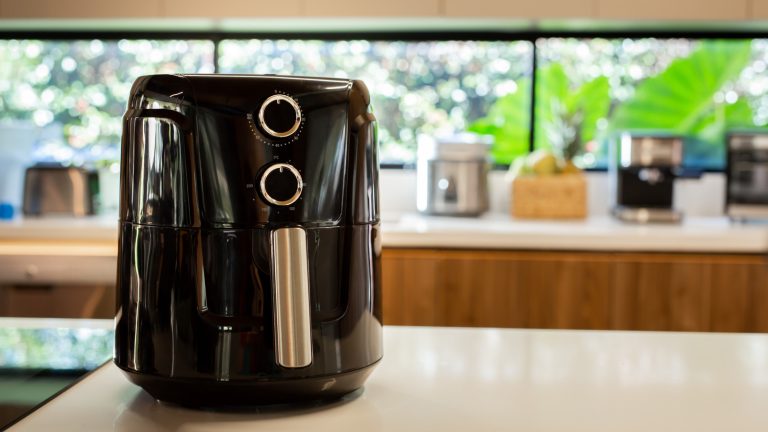Whether it’s sushi and sashimi, yakitori, or ramen, many Japanese dishes have understandably become world famous. And of the country’s famed offerings, few lend a simple yet satisfying quality quite like miso soup. Traditionally served as a part of breakfast, this dish combines only a few ingredients, but to a rich and complex effect. With miso in its name, it’s reasonable to assume that the fermented soybean paste comprises the fundamental part of the soup. However, in traditional recipes, this ingredient’s role is actually more of a flavoring. Instead, it’s a seaweed- and tuna-based dashi broth that serves as miso soup’s foundation.
Composed of kombu — a type of dried kelp — this ingredient has a pleasant marine flavor that’s gently sweet and salty. However, more critically, it’s a rich source of glutamate, which lends a rich umami flavor. The stock base is then further flavored with the addition of bonito flakes, a shaved and fermented tuna product, that lends additional umami by way of amino acids. Together, these two ingredients form awase dashi, a foundational Japanese broth with a multi-layered flavor. Miso is only introduced once the liquid is simmered to satisfaction. And since this soybean product is also one of the best umami-boosting ingredients, the trio comes together to create a delectably savory soup.
Umami-rich dashi forms the foundation of miso
Although miso soup has become the most well-known Japanese soup, it’s really dashi that’s the critical element. So when crafting the dish at home, focus your efforts into perfecting the broth. For the quickest and easiest rendition, you can buy hondashi powder, which conveniently yields the umami-rich flavor when diluted with hot water. However, there’s also lots of benefit to crafting the stock base at home, which can take as little as 20 minutes.
The combination of bonito and kombu is the most common option, due to its especially balanced palate. However, there are also vegan alternatives, which can consist of exclusively kombu or the seaweed paired with dried shiitake for added earthy notes. And for a more intensive, fishy flavor, Japanese cooks also craft dashi using small dried fish like sardines or anchovies. All can serve as a delicious miso soup foundation to give the dish its flavorful body.
That’s not to say the namesake miso isn’t important. This savory ingredient comes in over a thousand varieties, and cooks can select and even blend several varieties to define the soup’s palate, whether you prefer it more sweet, nutty, or tangy. The miso is dissolved into the dashi only right before cooking concludes, forming a richly flavored and cloudy broth. Optional fillings like tofu, dried wakame, and green onions complete the dish in its most widespread form.






